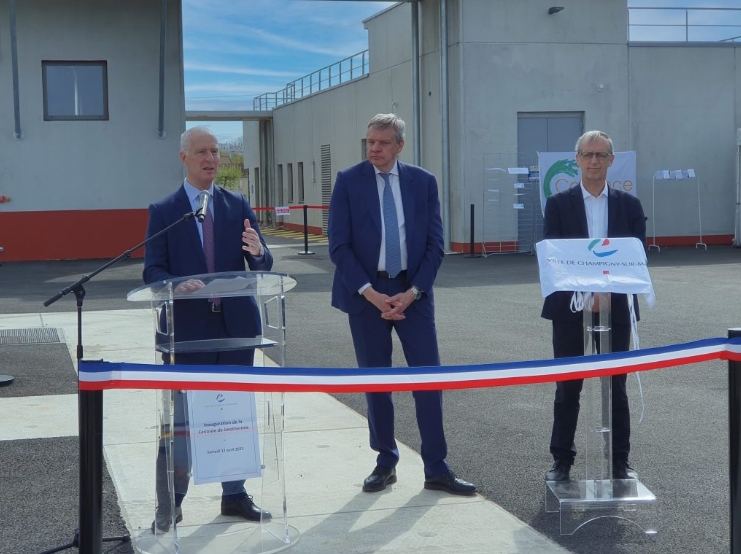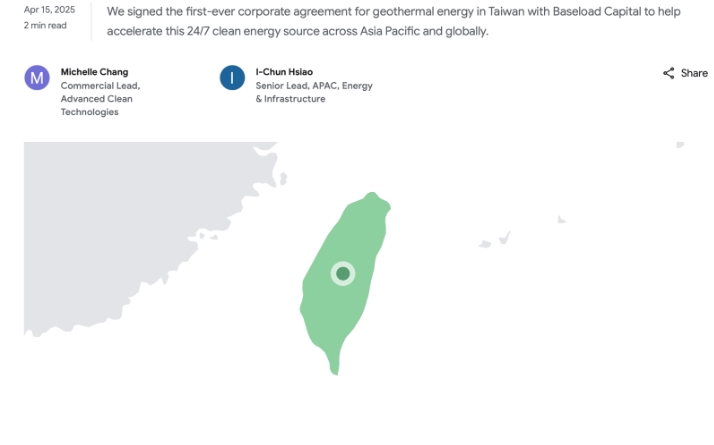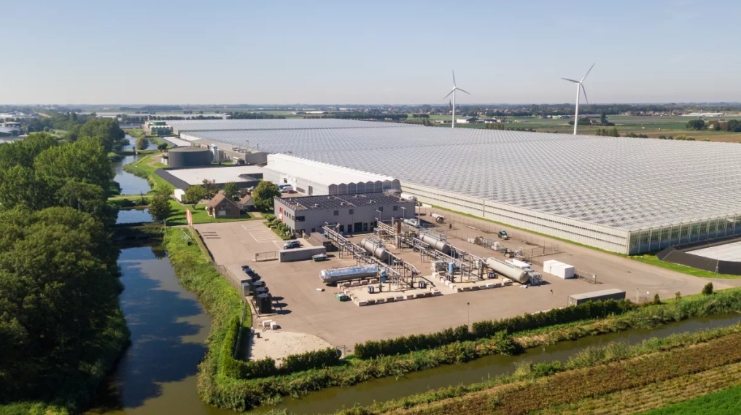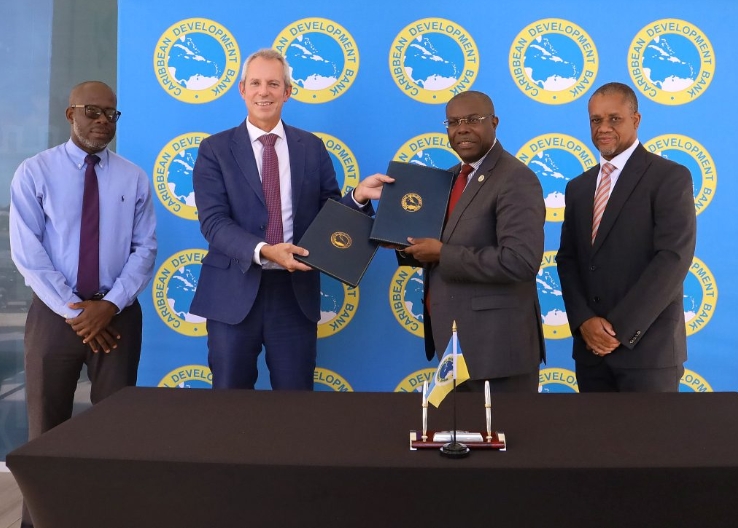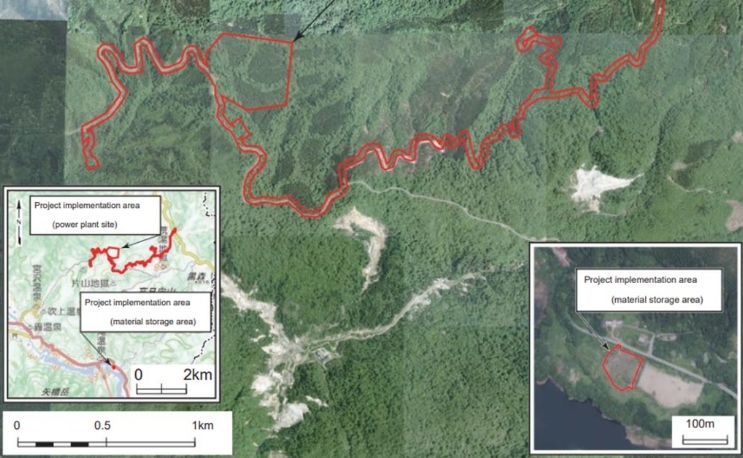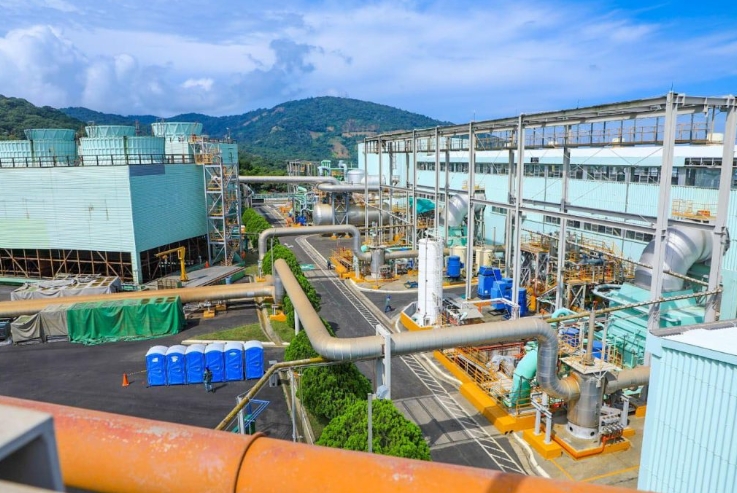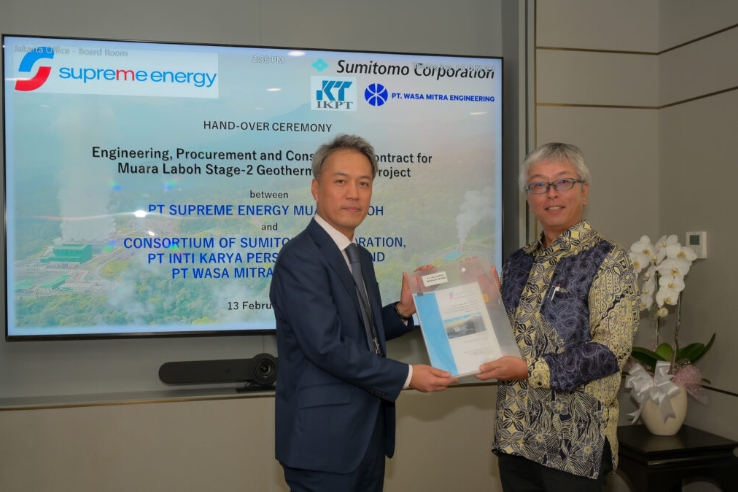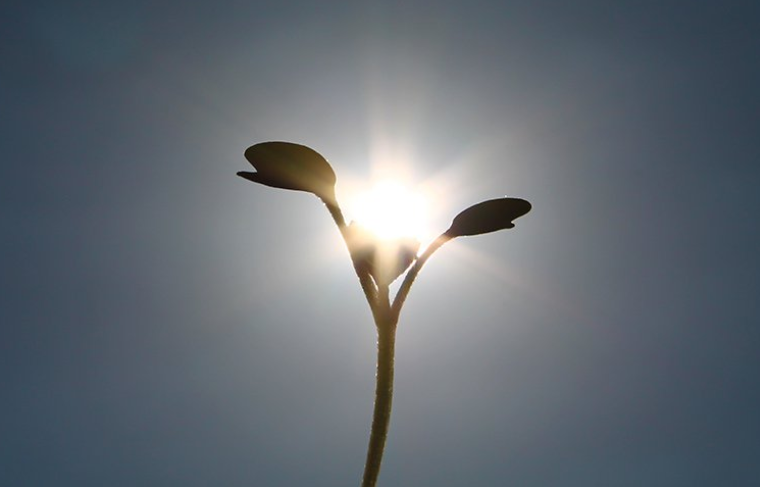
Australian National University researchers believe that the finding could be a crucial step towards producing potentially ‘endless’ supplies of renewable hydrogen fuels.
During the photosynthesis process, plants use sunlight to split water cells in the production of compounds that provide it with energy. The photosynthesis reaction involves numerous steps but, crucially, the process involves the splitting of the hydrogen and oxygen atoms that combined to form water.
The research led by scientists working between the ANU in Canberra and the Max Planck Institute for Chemical Energy Conversion in Germany has identified a crucial step in the photosynthesis process undertaken by plants that allows water to be split up into its hydrogen and oxygen components.
Scientists have discovered how an enzyme involved in the photosynthesis reaction carefully regulates the introduction of water into the reaction.
“Half-way through its reaction cycle the enzyme develops the ability to stretch like a concertina, which enables the orderly uptake of water to begin the splitting process,” Max Plank Institute researcher Dr Maris Chyrsina said.
“Without the careful, sequential binding of water, more reactive oxygen molecules can potentially be released that could unravel the whole water-splitting process,” the ANU’s Dr Eiri Heyno added.
Currently, the most common processes for hydrogen production either involve the splitting of water through electrolysis, or the splitting of hydrocarbons such as natural gas using steam reforming.
The discovery is a step forward in research that could allow the water-splitting process utilised by plants to be used in the production of hydrogen and other renewable fuels directly from sunlight, effectively shortcutting the existing hydrogen production processes.
“Enough sunlight hits the Earth in a single hour to power all human activity for over a year, ANU Researcher Dr Nick Cox said.
“Plants use this harvested energy to split water and make complex carbohydrates which provide food for the plant to grow and thrive. This process also enriches our atmosphere with oxygen for animals, including humans, to breathe.”
“Copying this process from nature would lead to new and improved renewable energy storage technologies.”
Australia is well placed to become a global leader in renewable fuels, with researchers at the CSIRO highlighting Australia’s abundant renewable energy resources and existing connections with international export markets meaning Australia could come to dominate a market for renewable hydrogen.
Australia’s chief scientist, Dr Alan Finkel, argued that coal and gas could be used in the production of hydrogen fuel, and used to displace liquid fuel supplies predominantly met by oil products.
In his keynote speech to the Clean Energy Summit, Finkel said that the use of coal and gas, when combined with carbon capture and storage, may be necessary to provide a greater diversity of energy supply in a future decarbonised energy system dominated by wind and solar.
The research is to be published in the journal Proceedings of the National Academy of Sciences of the United States of America.
